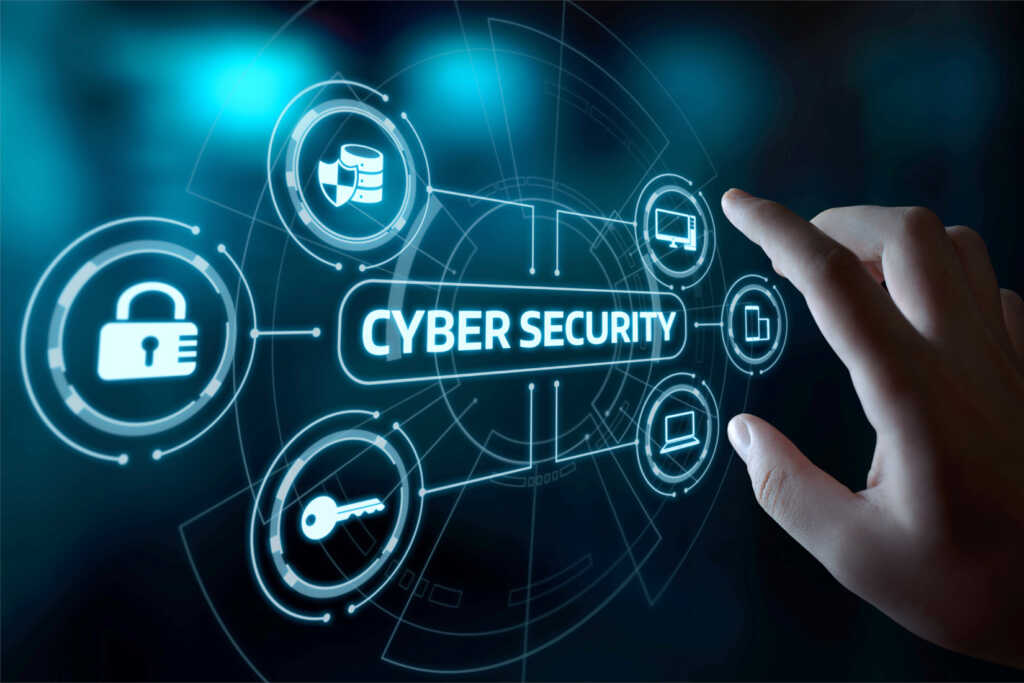There are many different cyber threats that businesses face, but some of the biggest ones are preventable. Here are four preventative measures that businesses can take to protect themselves from the most common cyber threats:
Backup & Recovery
There are many ways to backup your data, but the most important thing is to make sure you have a plan and that you stick to it. Here are some tips for backing up your data:
1. Make a plan. Decide what data you need to back up and how you’re going to do it.
2. Choose the right backup method. There are many ways to backup your data, including online backups, external hard drives, and cloud storage.
3. Make regular backups. Make sure to back up your data regularly so you don’t lose anything in case of a disaster.
4. Test your backups. Make sure your backups are working properly by testing them occasionally.
5. Store your backups safely. Make sure to store your backups in a safe place where they won’t be damaged or destroyed.
Following these tips will help ensure that your data is safe and can be restored if something happens to it. Backing up your data is one of the most important things you can do to protect yourself online. So don’t wait, start backing up your data today!
Educate Staff
Cyber threats are becoming more and more common, so it’s important that your staff is educated about them. Some of the most common cyber threats include malware, ransomware, and phishing attacks.
One of the best ways to protect your organization from cyber threats is to educate your staff about them. Teach your employees how to identify suspicious emails, websites, and other online activity, and what to do if they encounter a possible cyber threat. You should also provide them with information about how to protect their personal information online. By educating your staff, you can help them stay safe and protect your organization from cyber attacks.
Update Software
In order to keep your software up to date, it is important to install the latest updates. These updates can include security patches and bug fixes that can improve the performance of your software. It is always a good idea to keep your software up to date, as outdated software can be vulnerable to attacks.
To update your software, you will need to download and install the latest updates. These updates can be obtained from the software manufacturer’s website, or from your software’s built-in update feature. After you have downloaded and installed the updates, be sure to restart your computer for the changes to take effect.
A software update is a package that contains changes to the software on your computer. These changes might include bug fixes, new features, or performance improvements.
Software updates are important because they can fix problems and improve the security of your computer. It’s important to keep your software up-to-date by installing updates when they’re available.
Create Strong Passwords
Creating a strong password is one of the most important things you can do to protect your online identity and personal information. A strong password is one that is difficult for others to guess, and is not easily guessed by computers.
There are a few things you can do to create a strong password:
1. Use a combination of letters, numbers, and symbols.
2. Use both uppercase and lowercase letters.
3. Avoid using easily guessed words or phrases.
4. Change your passwords often.
5. Never use the same password for more than one account.
If you follow these tips, you can create a strong password that will be difficult for others to guess.
So, to sum everything up, it is essential to stay safe online by being aware of the dangers and taking precautions. Never share personal information with anyone you don’t know, be careful about clicking on links or downloading files, and use strong passwords and security software. By following these simple tips, you can help keep yourself safe and secure online. Stay tuned into Bayshore Interactive’s blog for more information on cybersecurity.

